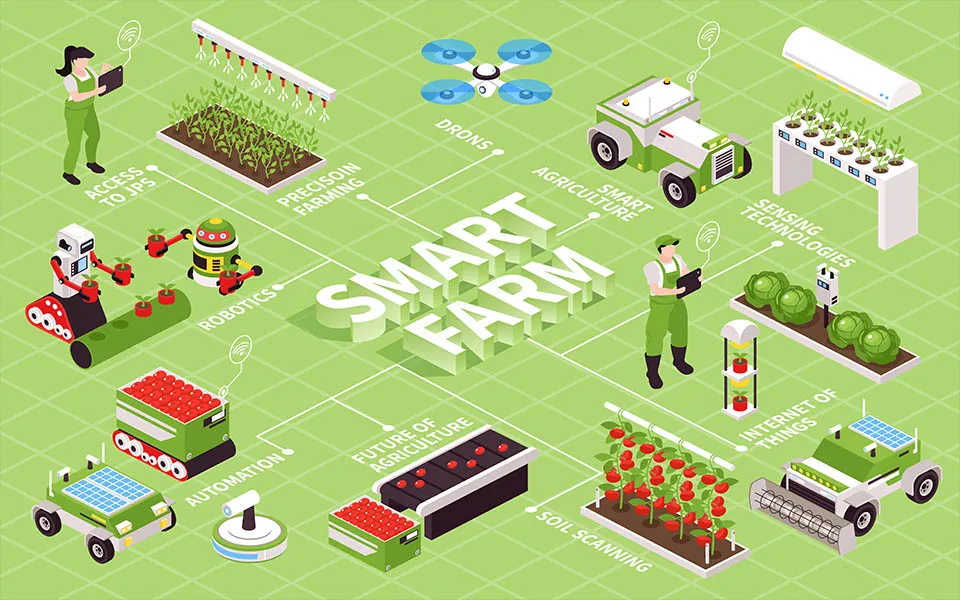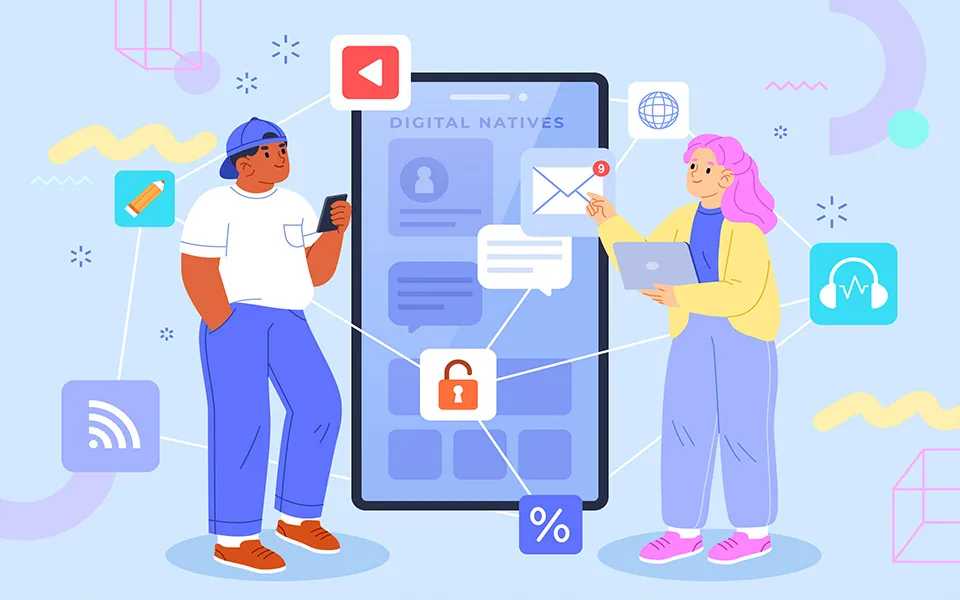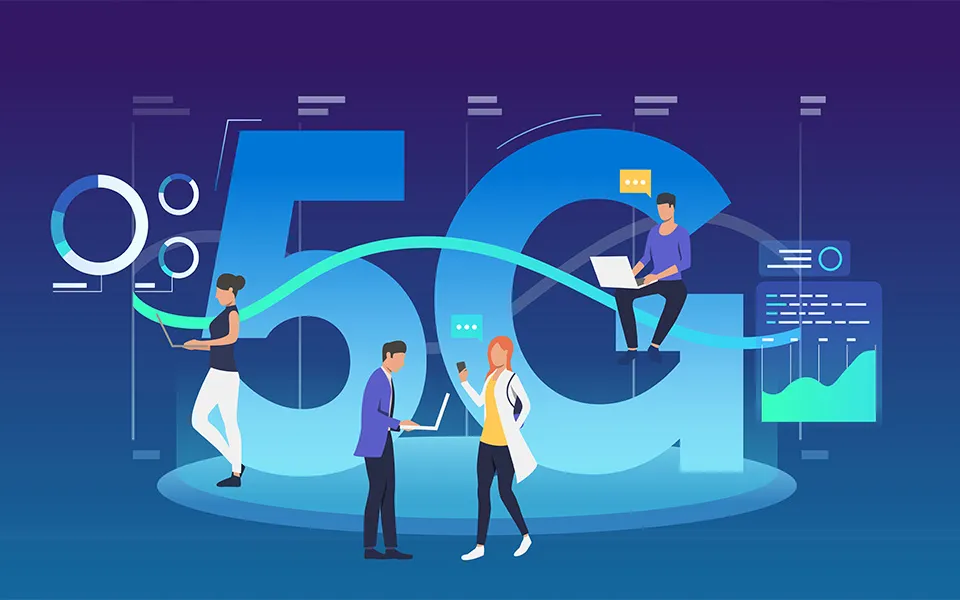Smart Farming - Pioneering Sustainable Agriculture
As we usher in a new era in agriculture, the traditional landscapes of sprawling fields and manual labor are being transformed by the silent and efficient evolution of smart farming. This revolution, characterized not by the roar of machinery but by the whisper of technology, is reinventing how food is grown, managed, and harvested. Smart farming, or smart agriculture, leverages cutting-edge technology and data-driven insights to propel agricultural practices into a future where efficiency and sustainability reign supreme.

How IoT Transforms Asset Tracking
Smart agriculture encompasses the integration of various advanced technologies, including artificial intelligence (AI), automation, the Internet of Things (IoT), and robotics, to optimize the myriad aspects of farming operations. These technologies act as critical enablers, allowing farmers to monitor, analyze, and manage their farm operations more effectively than ever before.
- Artificial Intelligence (AI): AI plays a pivotal role in smart agriculture, offering solutions that range from predictive analytics for crop and soil management to automated pest control and yield prediction. AI-powered systems analyze data from satellite images, sensors, and IoT devices to make real-time decisions that help in improving quality, quantity, and cost-efficiency.
- Automation and Robotics: Automation in agriculture extends to autonomous tractors, drones, and robotic systems that can plant, nurture, and harvest crops with minimal human intervention. These tools increase accuracy and reduce the labor-intensive nature of traditional farming practices, thereby enhancing productivity.
- Internet of Things (IoT): IoT devices are crucial in smart farming as they provide real-time data on soil moisture levels, crop health, weather conditions, and more. This data is vital for precision farming—ensuring that resources like water and fertilizers are used optimally to boost productivity while minimizing waste.
Evolution from Traditional to Precision Agriculture
The transition from manual labor-intensive farming to mechanization marked the first major shift in agricultural practices, a change that brought about increased yield and reduced hard labor. The subsequent evolution to precision agriculture in the late 20th century introduced the concept of managing fields down to the square meter to ensure maximal yield and minimal resource waste. Today, smart farming builds on these foundations by not only focusing on efficiency but also integrating sustainability into core agricultural practices.
Technological Innovations Fueling Smart Farming
Technological innovation is at the heart of smart farming, pushing the boundaries of what’s possible in agriculture:
- Drones and Aerial Imaging: Drones provide aerial images that help in mapping field variability, monitoring crop health, and applying fertilizers and pesticides where they are needed most.
- Sensor Technology: Advanced sensors can detect nutrient levels, water conditions, and even plant diseases, often in real-time, allowing for immediate and precise treatment.
- Machine Learning Models: These models predict crop performance and pest invasions, adapting over time to provide more accurate advice based on continuously gathered data.
Sustainability Impacts of Smart Farming
The sustainability of smart farming lies in its ability to use resources more judiciously—be it water, pesticides, or fertilizers—thereby reducing the overall environmental footprint of farming. Precision technologies ensure that inputs are precisely applied and not wasted, minimizing runoff and the leaching of chemicals into rivers and groundwater. Additionally, by optimizing the delivery of nutrients and water, smart farming techniques can significantly lower greenhouse gas emissions associated with agricultural practices.
Challenges and Future Prospects
Despite its benefits, the shift to smart farming poses challenges including the high cost of initial setup and the need for training to manage and interpret the sophisticated systems involved. Moreover, data privacy and cybersecurity are growing concerns as farming becomes more connected.
The future of smart farming, enriched by ongoing technological advancements, promises an even deeper integration of AI and IoT. Innovations such as gene editing and advanced biotechnologies are likely to play a significant role in shaping sustainable agriculture practices.
Conclusion
Smart agriculture is not just an enhancement of traditional farming practices; it is a comprehensive overhaul that promises a sustainable, efficient, and highly productive future. By embracing these innovative technologies, agriculture is not only set to meet the global food demands of a growing population but does so in an environmentally conscious manner that preserves the earth for future generations. As this new era dawns, smart farming stands as a testament to the transformative power of technology in harmonizing productivity with sustainability in agriculture.








